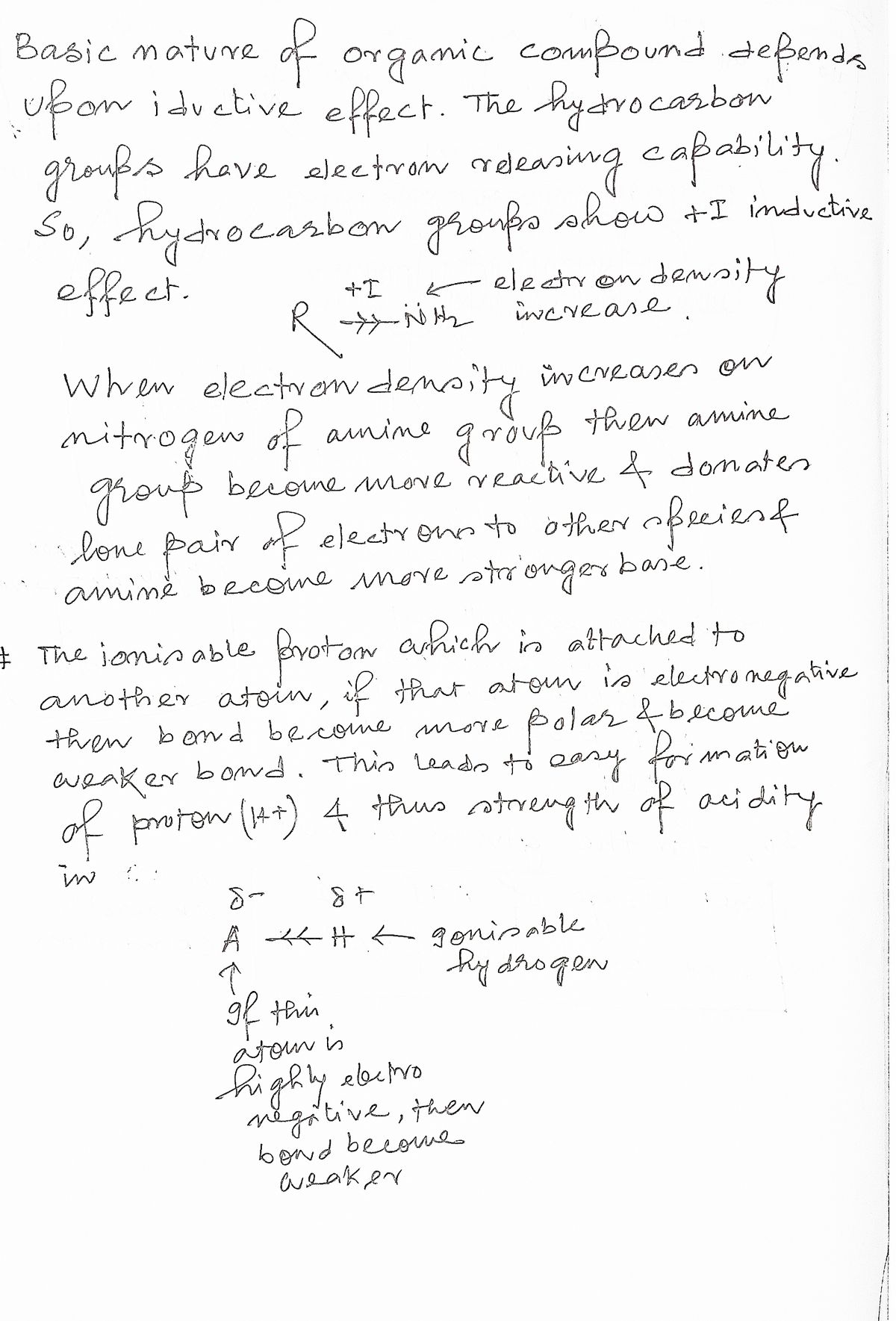Y Part B Arrange the following amines in order of decreasing base strength Rank from strongest to weakest base. To rank items equivalent, overlap them. View Available Hint(s) Strongest base The correct ranking cannot be determined. | (CH2)NH | NH, | CHÍNH, | NhaB Reset Help Weakest base
Ionic Equilibrium
Chemical equilibrium and ionic equilibrium are two major concepts in chemistry. Ionic equilibrium deals with the equilibrium involved in an ionization process while chemical equilibrium deals with the equilibrium during a chemical change. Ionic equilibrium is established between the ions and unionized species in a system. Understanding the concept of ionic equilibrium is very important to answer the questions related to certain chemical reactions in chemistry.
Arrhenius Acid
Arrhenius acid act as a good electrolyte as it dissociates to its respective ions in the aqueous solutions. Keeping it similar to the general acid properties, Arrhenius acid also neutralizes bases and turns litmus paper into red.
Bronsted Lowry Base In Inorganic Chemistry
Bronsted-Lowry base in inorganic chemistry is any chemical substance that can accept a proton from the other chemical substance it is reacting with.

![**Relative Strengths of Oxyacids and Amines**
**Relative oxyacid strength**
The strength of an acid is affected by the polarity of the bond connected to the acidic hydrogen. The more highly polarized this bond, the more easily the hydrogen is ionized. Electronegative atoms or groups of atoms present in the structure of an acid can act to withdraw electrons and produce additional polarization. Two common groups of acids to which this principle can be applied are oxyacids and carboxylic acids.
**Part A**
Arrange the following oxyacids in order of decreasing acid strength.
**Rank from strongest to weakest acid. To rank items as equivalent, overlap them.**
- **HClO₃**
- **HClO₂**
- **HBrO**
- **HClO**
**[Diagram Explanation]**
The interface includes movable icons representing different oxyacids: HClO₃, HClO₂, HBrO, and HClO. Below these icons is a ranking chart with spaces labeled "Strongest acid" and "Weakest acid," where the icons can be placed in order. A checkbox option states, "The correct ranking cannot be determined."
Additional features include buttons for "Reset" and "Help," as well as an option to "View Available Hint(s)" for assistance with the task.](/v2/_next/image?url=https%3A%2F%2Fcontent.bartleby.com%2Fqna-images%2Fquestion%2F854eeac7-4138-4998-a76f-57a8c1b9e974%2F9b86d240-b507-467e-8fee-8bd23fd593c9%2Fgyt917s_processed.jpeg&w=3840&q=75)

Step by step
Solved in 4 steps with 4 images









